Home>Furniture & Design>Interior Design Trends>How Tall Is A Wine Glass


Interior Design Trends
How Tall Is A Wine Glass
Modified: February 18, 2024
Discover the latest interior design trends for wine glasses and learn about their varying heights. Explore the perfect wine glass size for your next gathering.
(Many of the links in this article redirect to a specific reviewed product. Your purchase of these products through affiliate links helps to generate commission for Storables.com, at no extra cost. Learn more)
The Standard Height of a Wine Glass
The standard height of a wine glass can vary depending on the type of wine it is designed for. However, there are general guidelines that can help determine the typical height of a standard wine glass. In most cases, a standard wine glass stands between 7 to 12 inches tall. This range accommodates the diverse styles and sizes of wine glasses used for various types of wine.
The height of a wine glass is an essential factor in enhancing the overall wine-drinking experience. It allows for proper aeration and swirling of the wine, which can significantly impact the wine's aroma and flavor. Additionally, the height of the glass contributes to the visual presentation of the wine, adding to the overall enjoyment of the drinking experience.
When considering the standard height of a wine glass, it's important to note that different types of wine may require specific glass heights to optimize their characteristics. For example, a standard red wine glass typically stands taller than a white wine glass. This distinction is based on the varying aeration needs of red and white wines, as well as the different aromas and flavors they exhibit.
In summary, the standard height of a wine glass plays a crucial role in enhancing the sensory aspects of wine appreciation. By understanding the significance of glass height and its impact on the wine-drinking experience, individuals can make informed choices when selecting the appropriate wine glass for different types of wine.
Key Takeaways:
- The height of a wine glass affects how the wine tastes and looks. Taller glasses are for bold red wines, while shorter ones are for delicate white wines. Choose the right height for the best wine experience!
- Different wine glasses have different heights for a reason. Taller glasses let red wines breathe, while shorter ones keep white wines cool. Consider the wine type and occasion when choosing the perfect glass height.
Read more: How Tall Is A Pint Glass
Factors Affecting the Height of a Wine Glass
The height of a wine glass is influenced by several key factors that contribute to the overall wine-drinking experience. Understanding these factors can provide valuable insights into the design and functionality of wine glasses, as well as their impact on the enjoyment of different types of wine.
1. Wine Type and Varietal Characteristics
The type of wine and its specific varietal characteristics play a significant role in determining the ideal height of a wine glass. For example, red wines, such as Cabernet Sauvignon and Merlot, often benefit from taller glasses that allow for ample aeration. The height of the glass provides space for the wine to breathe, enhancing its aromas and flavors. In contrast, white wines, including Chardonnay and Sauvignon Blanc, may be better suited to slightly shorter glasses that help preserve their delicate aromatics and maintain a cooler temperature.
2. Aeration and Oxidation
The height of a wine glass directly impacts the wine's exposure to air, which can influence the process of aeration and oxidation. Taller glasses with a larger bowl surface area facilitate greater aeration, allowing the wine to open up and develop its full range of aromas and flavors. This is particularly beneficial for bold red wines and complex, full-bodied varietals. Conversely, shorter glasses can limit the wine's exposure to air, preserving its freshness and preventing excessive oxidation, which is desirable for lighter white wines and delicate rosés.
3. Visual Presentation and Aesthetic Appeal
The height of a wine glass also contributes to the visual presentation and aesthetic appeal of the wine. Taller glasses can showcase the wine's color and clarity more prominently, adding to the overall sensory experience. Additionally, the elegant silhouette of a tall wine glass can enhance the perceived quality of the wine, creating a sense of sophistication and refinement.
Read more: How To Price Wine By The Glass
4. Ergonomics and Handling
The height of a wine glass is designed to optimize the ergonomic experience for the drinker. Taller stems provide a comfortable grip and allow for easier swirling, which can release the wine's aromas and create a visually captivating effect. The overall balance and proportion of the glass, including its height, contribute to a seamless and enjoyable wine-drinking experience.
In summary, the height of a wine glass is influenced by a combination of factors, including the type of wine being served, aeration requirements, visual presentation, and ergonomic considerations. By considering these factors, wine enthusiasts can appreciate the thoughtful design and functionality of wine glasses, ultimately enhancing their enjoyment of different varietals and wine-drinking occasions.
Different Types of Wine Glasses and Their Heights
When exploring the world of wine glasses, it becomes evident that the diverse range of wine varietals and styles has led to the development of specialized wine glasses, each tailored to enhance the unique characteristics of different wines. Understanding the specific types of wine glasses and their corresponding heights is essential for elevating the wine-drinking experience to new heights.
1. Red Wine Glasses
Red wine glasses are characterized by their larger bowl size and taller height, which are designed to accommodate the bold flavors and complex aromas of red wines. Varietals such as Cabernet Sauvignon, Merlot, and Pinot Noir benefit from the ample aeration provided by these taller glasses. The height of red wine glasses allows the wine to breathe, unlocking its full spectrum of aromas and flavors, while also showcasing the wine's rich color and clarity.
2. White Wine Glasses
In contrast to red wine glasses, white wine glasses are typically shorter in height and feature a more U-shaped bowl. The reduced height helps maintain the cooler temperature of white wines, preserving their delicate aromatics and refreshing qualities. Varietals like Chardonnay, Sauvignon Blanc, and Riesling thrive in these glasses, as they allow the wines to express their nuanced aromas and maintain their crisp, vibrant character.
Read more: How To Clean Wine Glasses
3. Sparkling Wine Glasses
The height of sparkling wine glasses, such as flutes and tulip-shaped glasses, is designed to showcase the effervescence and lively bubbles of sparkling wines, including Champagne and Prosecco. These glasses are tall and slender, allowing the bubbles to gracefully rise to the surface and preserving the wine's signature carbonation. The elongated height of these glasses enhances the visual spectacle of sparkling wines, adding to the overall celebratory experience.
4. Rosé Wine Glasses
Rosé wine glasses typically feature a height that falls between that of red and white wine glasses. This intermediate height allows for a balance of aeration and temperature control, catering to the diverse styles of rosé wines. Whether it's a light and fruity rosé or a more complex, fuller-bodied rosé, the height of these glasses ensures that the wine's aromas and flavors are elegantly expressed, contributing to a delightful sensory experience.
5. Fortified Wine Glasses
Glasses designed for fortified wines, such as Sherry and Port, often have a shorter height compared to traditional wine glasses. The reduced height helps concentrate the intricate aromas of fortified wines, allowing their rich, intense flavors to be savored with every sip. The shorter stature of these glasses also complements the smaller serving sizes typically associated with fortified wines, creating a harmonious and indulgent drinking experience.
By understanding the varying heights of different types of wine glasses, wine enthusiasts can appreciate the thoughtful design and functionality behind each glass, ultimately enhancing the enjoyment of diverse wine varietals and styles. The height of a wine glass serves as a crucial element in unlocking the full potential of each wine, creating a multisensory journey that celebrates the art and science of wine appreciation.
Importance of the Height of a Wine Glass
The height of a wine glass holds profound significance in the realm of wine appreciation, transcending its physical dimensions to become an integral part of the sensory journey that unfolds with each sip. This seemingly simple attribute plays a pivotal role in shaping the way wine is experienced, influencing everything from aroma and flavor to visual presentation and overall enjoyment.
First and foremost, the height of a wine glass directly impacts the wine's aeration process. Taller glasses provide ample space for the wine to breathe, allowing it to open up and release its full range of aromas. This aeration is particularly beneficial for bold red wines and complex varietals, as it enables the wine to reach its optimal flavor profile. Conversely, shorter glasses can help preserve the delicate aromatics of white wines and maintain their cooler temperature, ensuring that their nuanced characteristics are showcased with finesse.
Furthermore, the height of a wine glass contributes to the visual allure of the wine-drinking experience. Taller glasses elegantly showcase the wine's color and clarity, adding a visual dimension to the sensory journey. The graceful silhouette of a tall wine glass enhances the perceived quality of the wine, creating an ambiance of sophistication and refinement that enhances the overall drinking experience.
In addition, the ergonomic design of a wine glass, including its height, plays a crucial role in the handling and swirling of the wine. Taller stems provide a comfortable grip and allow for effortless swirling, a ritual that not only enhances the wine's aromas but also creates a captivating visual display. The balanced proportions and height of the glass contribute to a seamless and enjoyable wine-drinking experience, allowing enthusiasts to engage with the wine on a tactile level.
Ultimately, the importance of the height of a wine glass lies in its ability to elevate the sensory aspects of wine appreciation. By understanding and appreciating the impact of glass height on aeration, visual presentation, and ergonomic functionality, individuals can gain a deeper appreciation for the intricate interplay between the design of the wine glass and the nuanced characteristics of different wines. This heightened awareness enriches the overall wine-drinking experience, transforming each sip into a multisensory exploration of flavor, aroma, and elegance.
Read more: How To Etch Wine Glasses
Tips for Choosing the Right Height of a Wine Glass
When selecting the right wine glass for a particular varietal or occasion, considering the height of the glass is essential to optimize the wine-drinking experience. Here are valuable tips for choosing the right height of a wine glass:
-
Understand the Wine Type: Familiarize yourself with the characteristics of the wine you intend to serve. Red wines, with their bold flavors and complex aromas, often benefit from taller glasses that allow for ample aeration. In contrast, white wines, known for their delicate aromatics and refreshing qualities, may be better suited to slightly shorter glasses that help maintain their cooler temperature.
-
Consider the Aeration Needs: Take into account the aeration requirements of the wine. Taller glasses with a larger bowl surface area facilitate greater aeration, allowing the wine to open up and develop its full range of aromas and flavors. This is particularly beneficial for robust red wines and full-bodied varietals. Conversely, shorter glasses can help preserve the freshness and nuanced aromatics of lighter white wines and delicate rosés.
-
Explore Specialized Glassware: Explore specialized wine glasses designed for specific varietals. For example, Bordeaux glasses, taller and broader, are tailored for Cabernet Sauvignon and Merlot, while Chardonnay glasses, slightly shorter and more U-shaped, are crafted for white wines. Investing in specialized glassware can enhance the nuances of each wine, elevating the overall tasting experience.
-
Consider the Occasion: Take the occasion into account when choosing the height of a wine glass. For formal gatherings and wine tastings, taller glasses can add an element of elegance and sophistication to the presentation of the wine. On the other hand, casual settings and outdoor events may call for more versatile, medium-height glasses that cater to a range of wine styles.
-
Ergonomic Considerations: Evaluate the ergonomic aspects of the wine glass. Taller stems provide a comfortable grip and allow for easier swirling, which can release the wine's aromas and create a visually captivating effect. The overall balance and proportion of the glass, including its height, contribute to a seamless and enjoyable wine-drinking experience.
By considering these tips, individuals can make informed choices when selecting the appropriate wine glass for different types of wine, ultimately enhancing the sensory aspects of wine appreciation and elevating the overall drinking experience.
Frequently Asked Questions about How Tall Is A Wine Glass
Was this page helpful?
At Storables.com, we guarantee accurate and reliable information. Our content, validated by Expert Board Contributors, is crafted following stringent Editorial Policies. We're committed to providing you with well-researched, expert-backed insights for all your informational needs.
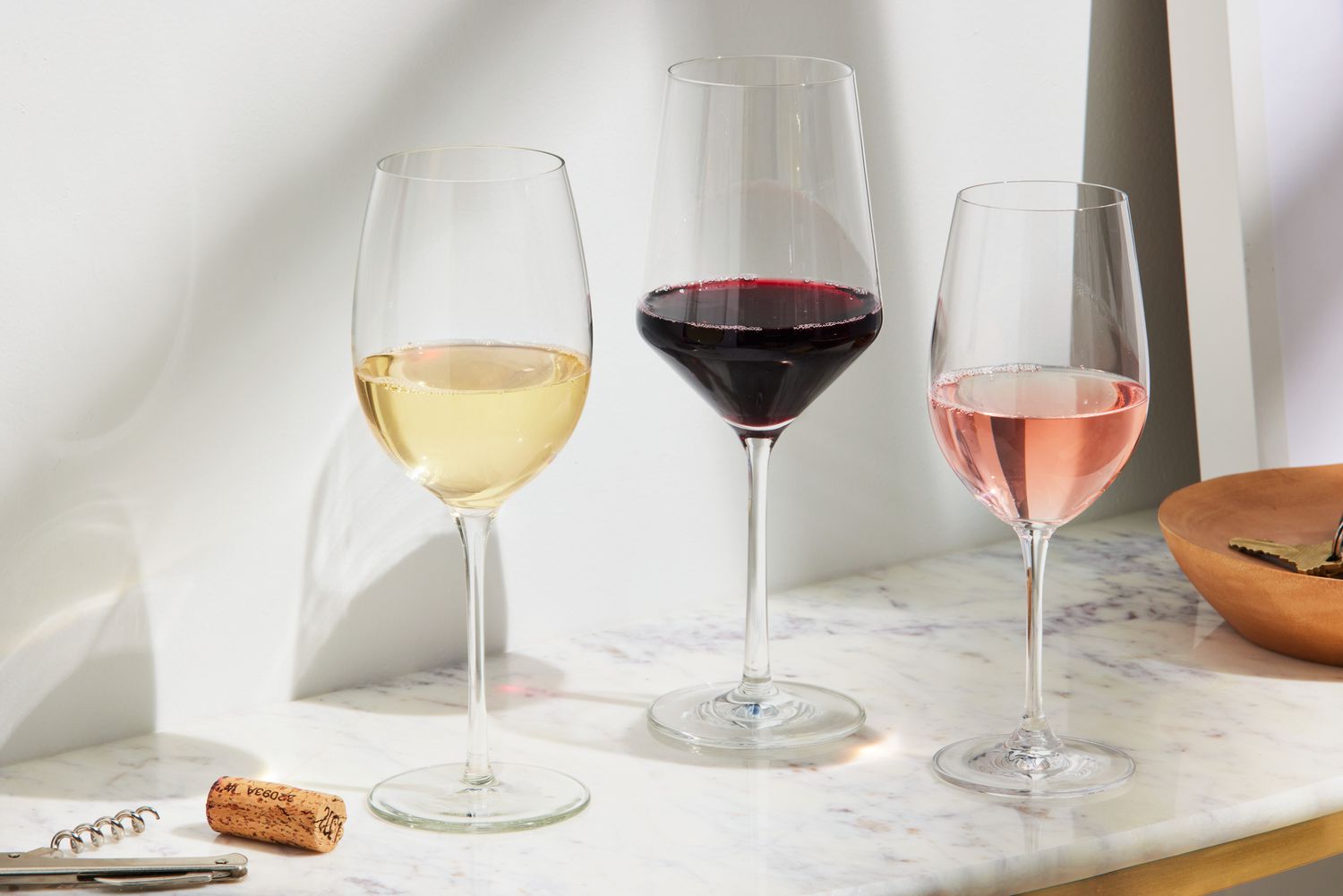


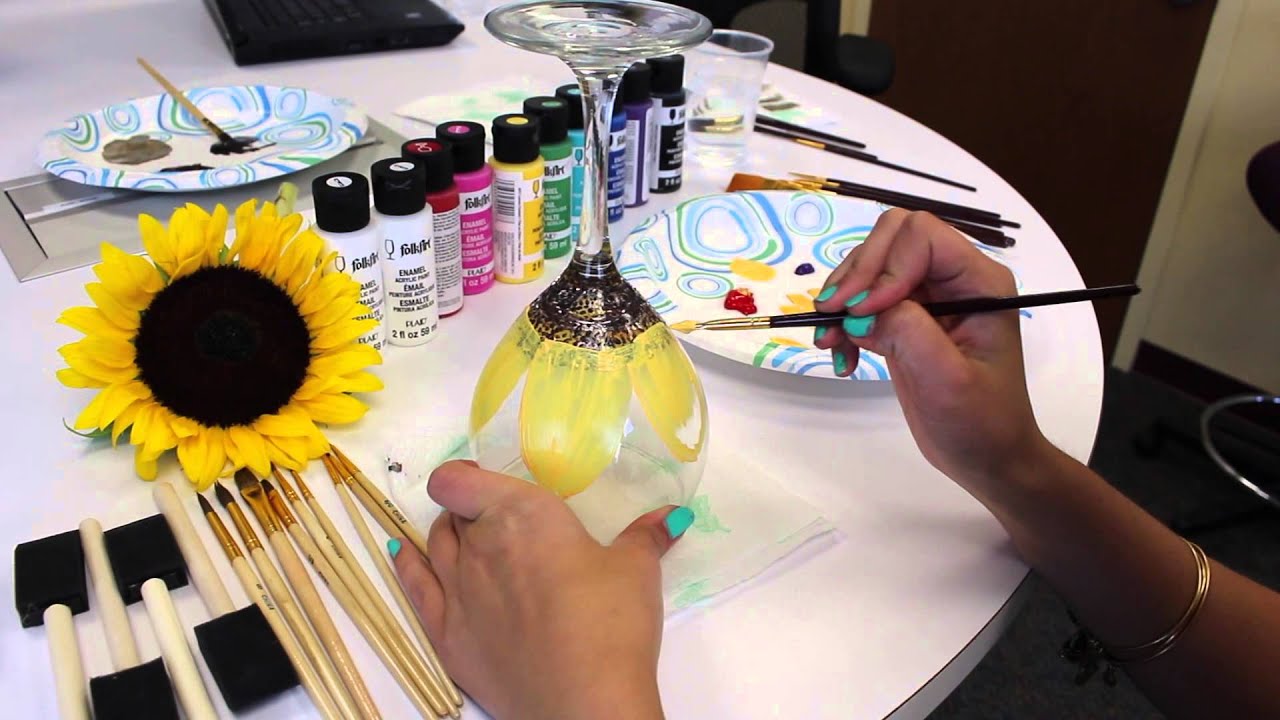
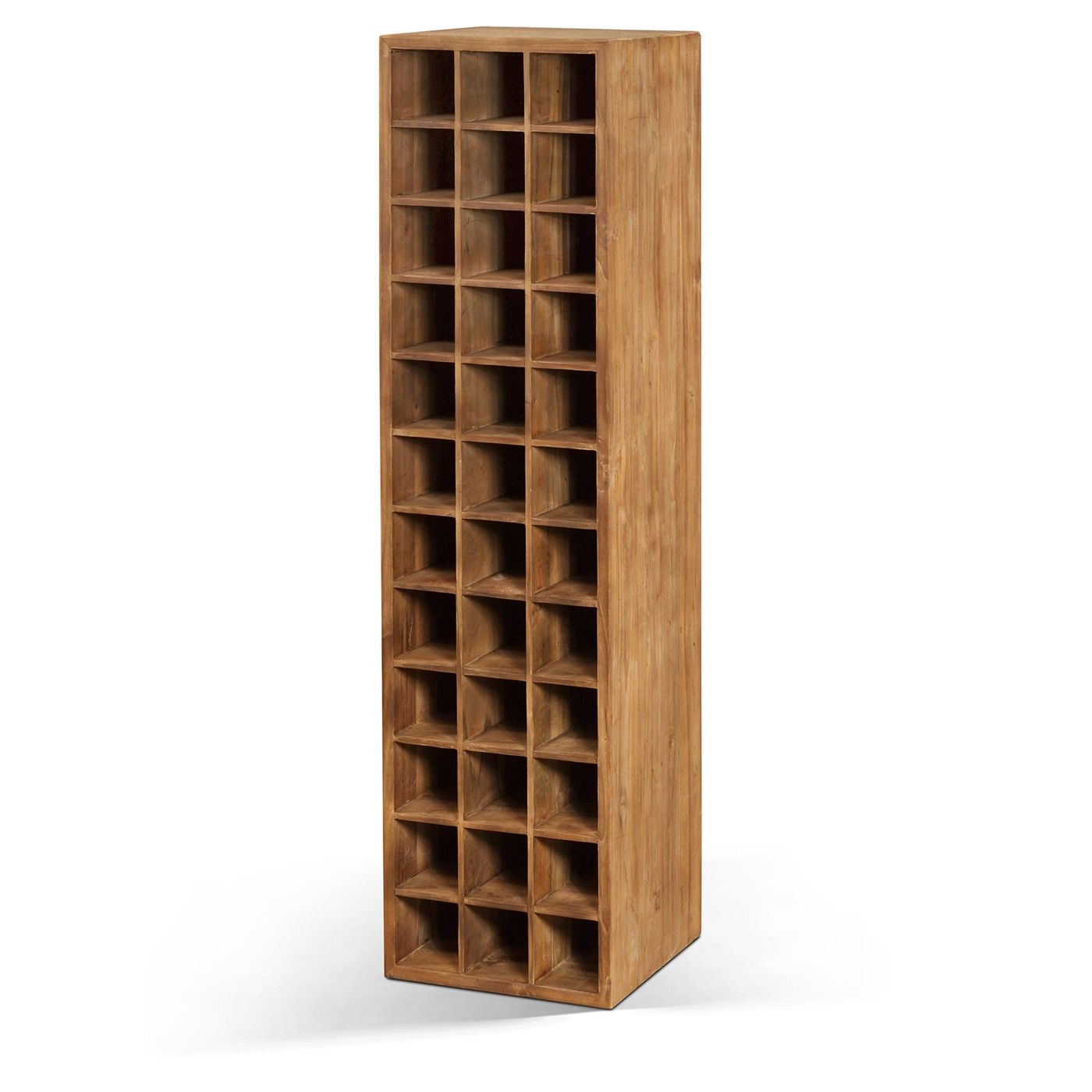
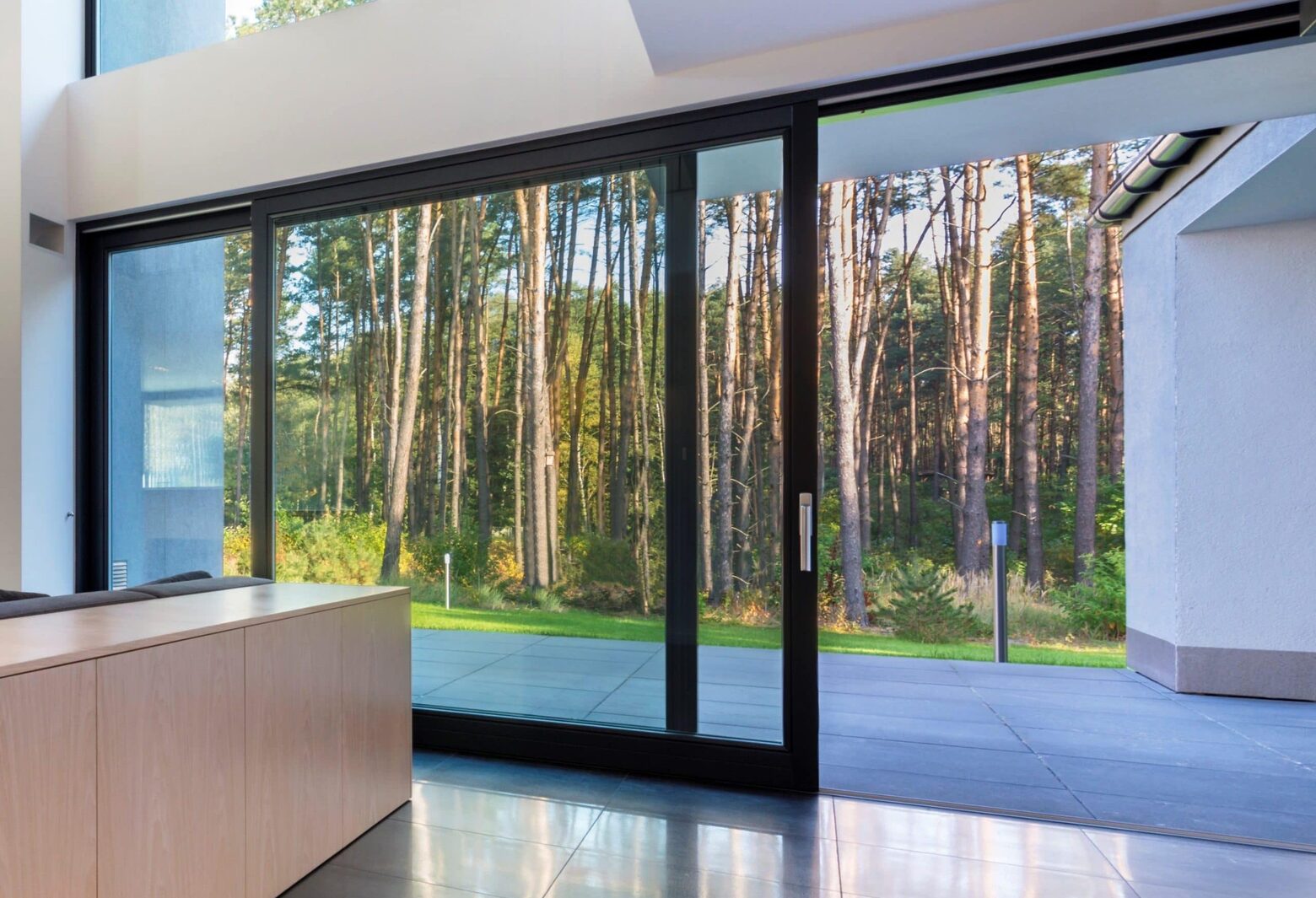

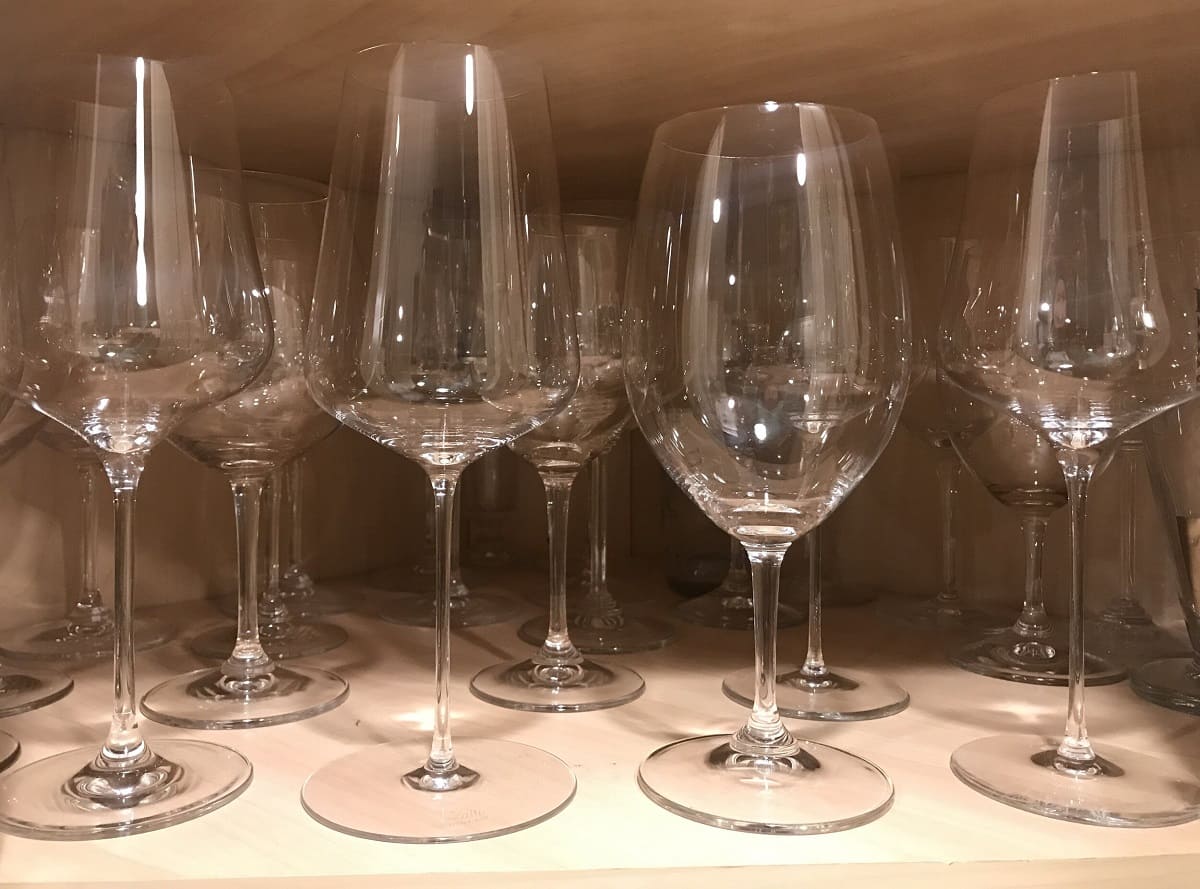
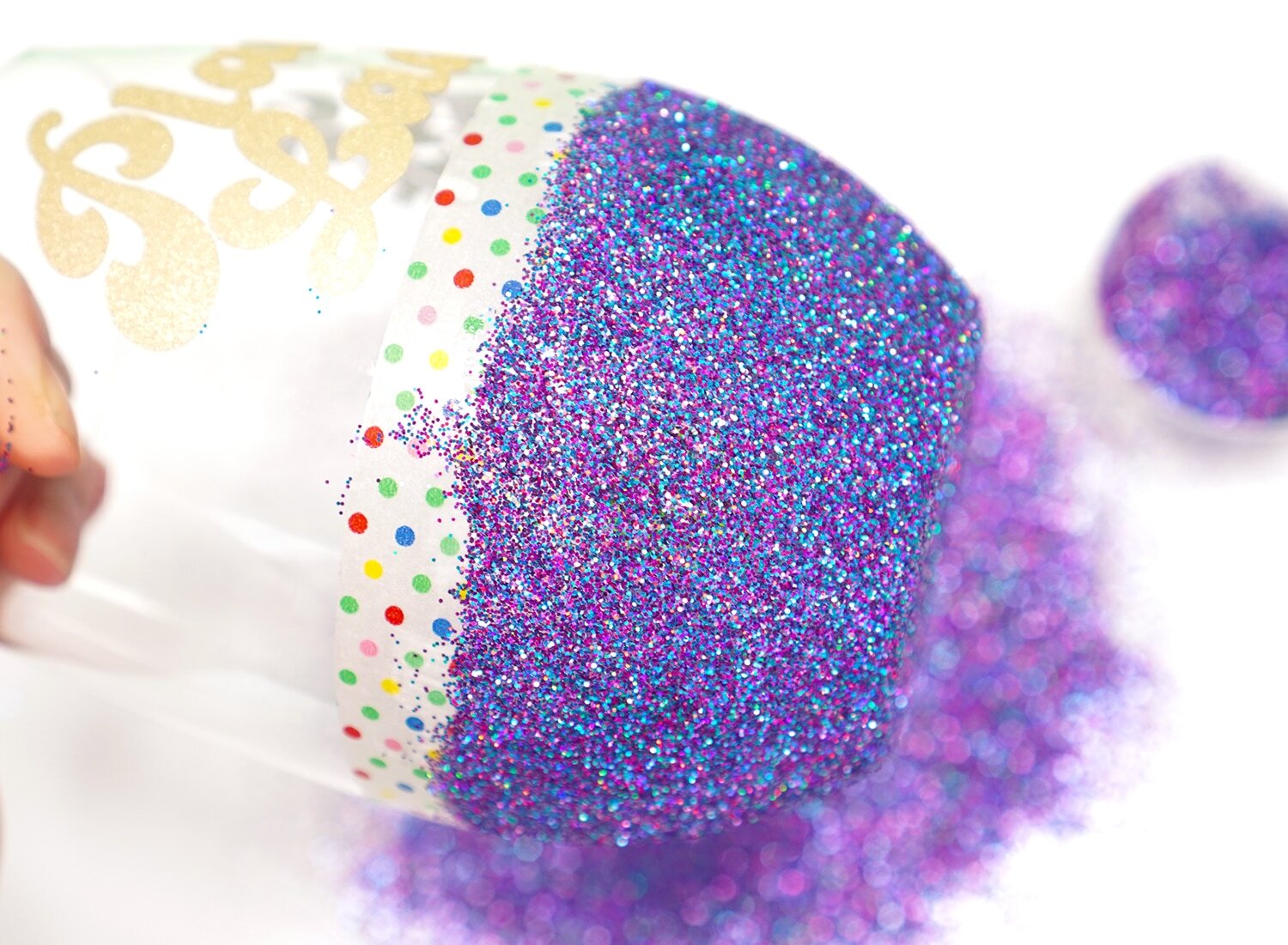
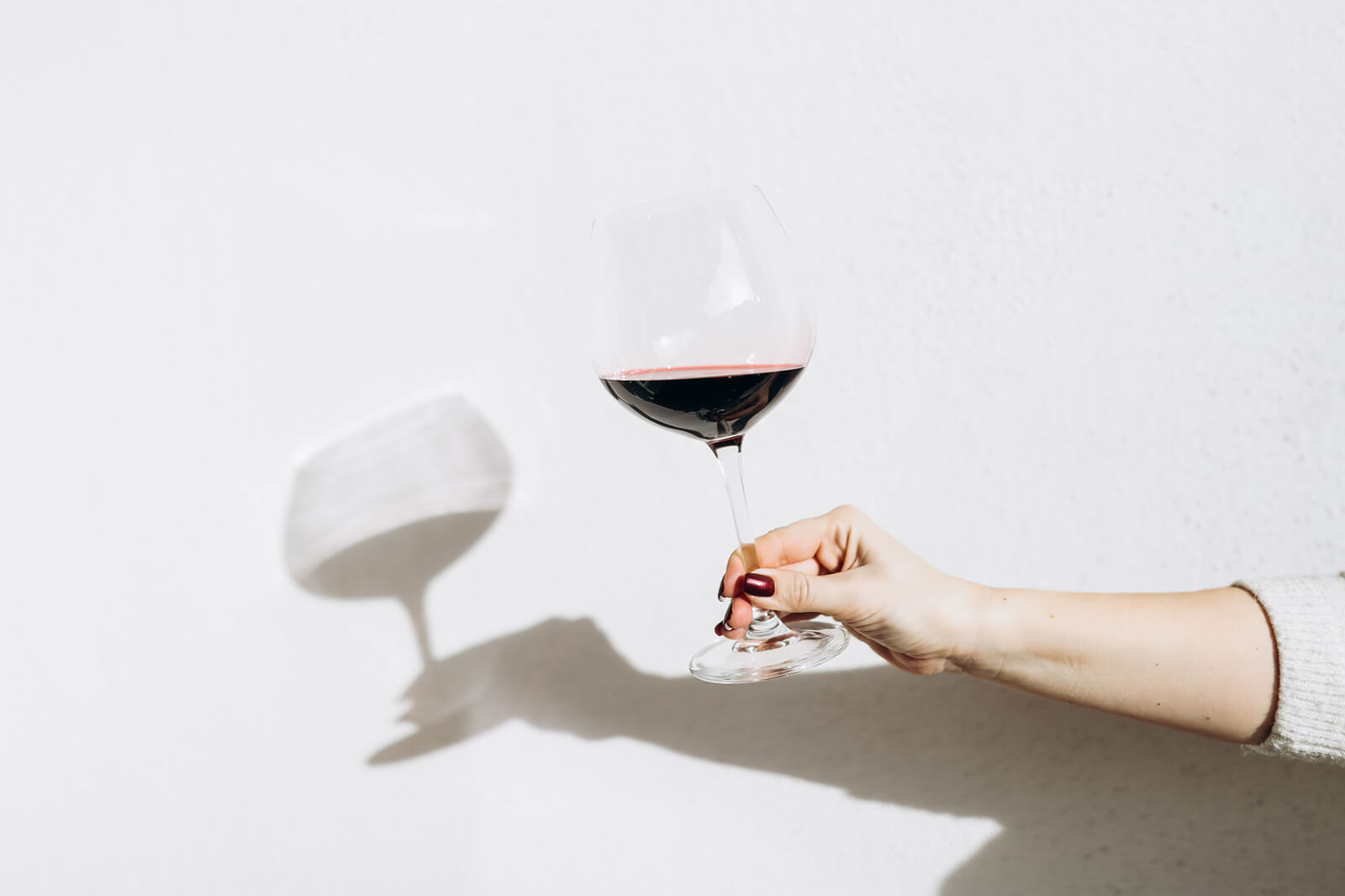
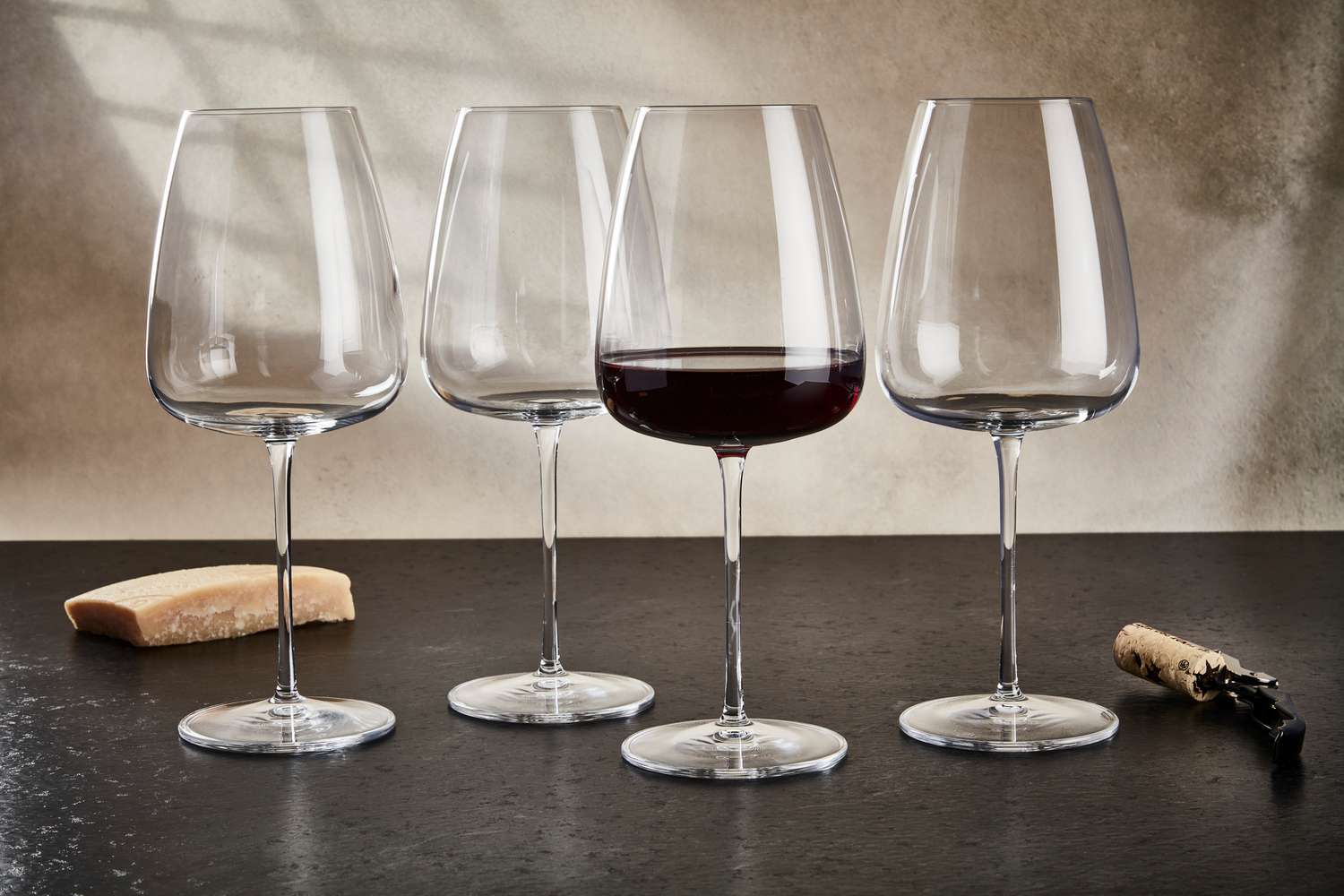


0 thoughts on “How Tall Is A Wine Glass”